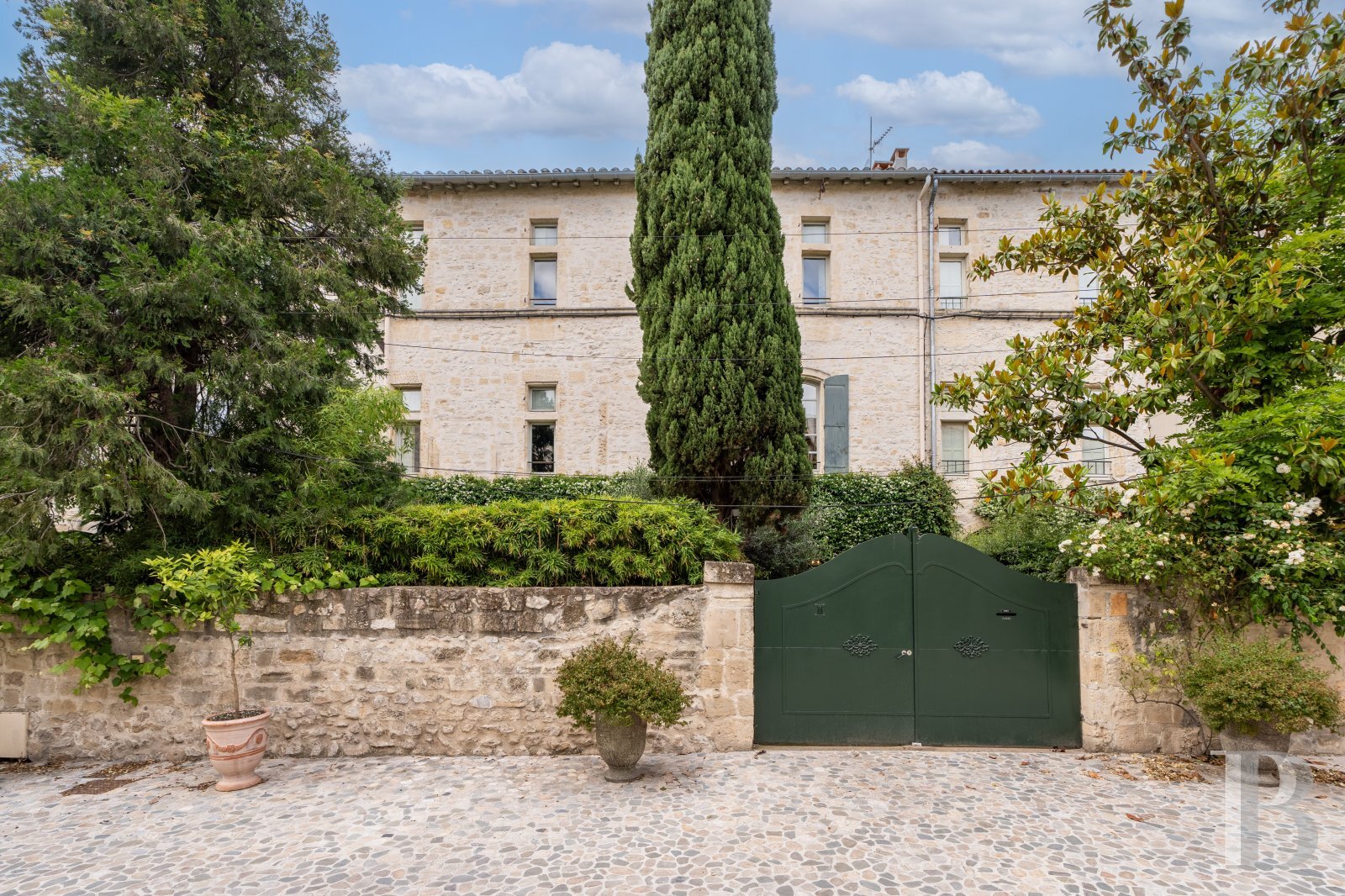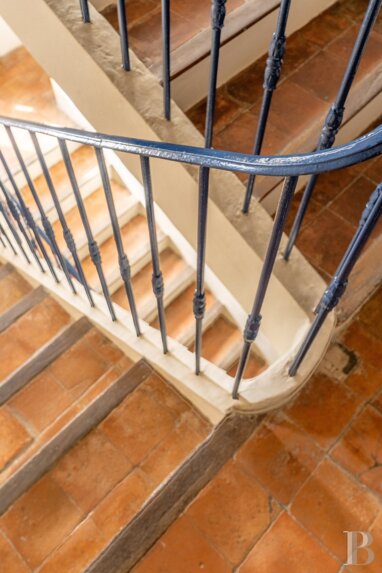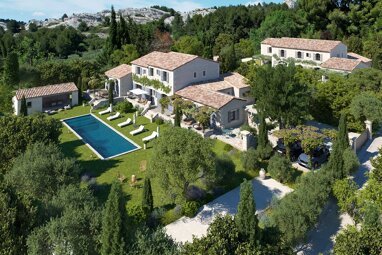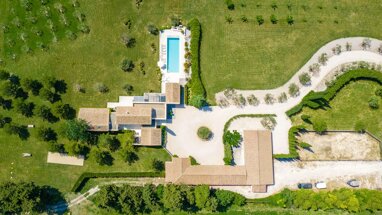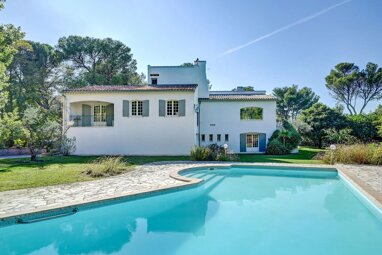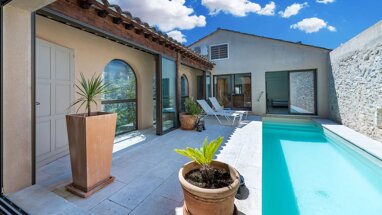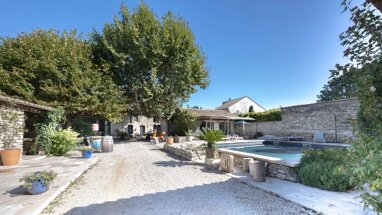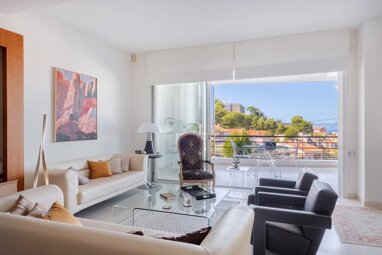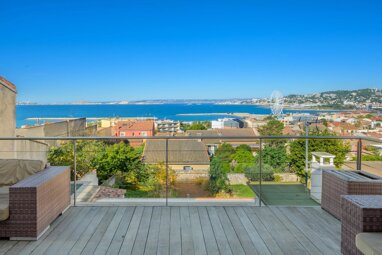In the Camargue region of Provence, in a 16th-century, entirely renovated convent, a 600-m² distinguished home, nestled amid the peace and quiet of it
In the Camargue region of Provence, in a 16th-century, entirely renovated convent, a 600-m² distinguished home, nestled amid the peace and quiet of its tree-filled courtyards.
As the ancestral gateway to the Camargue, equidistant from the three extremities of the Provencal cultural triangle, historically represented by Arles, Nîmes and Avignon, the city of Tarascon is today in the process of transformation. Known for its architectural heritage, including its medieval royal castle and its famous Saint Martha's Collegiate church, of Roman construction, the small Provencal city is also remarkable for its rich private heritage, vestiges of a tumultuous past.
Today, the city has two middle schools, including a private one, a high school, hospital, shops and a train station, which connects to all surrounding cities via interregional trains.
The high-speed rail train station in Arles is only ten minutes away, while the ones in Avignon and Nîmes are 15 minutes away. It is also located 40 minutes from Marseille and its international airport.
Left in ruins for decades, the imposing convent was almost completely restored at the end of the 20th century, thanks to private initiatives. Bringing life back to the former convent, a property transaction then split the surface area into several distinguished residences, linked to one another via a tree-filled enclosure. One of its two entrances, on the side of the Mother Superior's house, opens onto a small side street while the other one, monumental and vaulted, is now closed with a gate.
The residence, of approximately 600 m², built in the noblest part of the convent, barely occupies a quarter of it, a proportion that alone conveys the gigantism of the original edifice.
The neighbouring homes are occupied by lovers of architectural heritage keen to make this downtown enclosed space into one of the calmest and most secret places in Tarascon.
Today, the vestiges of the former convent blend with those from the medieval hospital that pre-existed it, and of which it is not uncommon to discover, around a staircase or window, remaining ornamental features, traces of the historical upheavals that affected the town of Tarascon.
In the 16th century the city decided to build a new hospital, thereby selling the premises of the former Saint Nicholas hospital, built in the 11th century to receive the poor and treat the ill, to the Order of Saint Ursula. Built upon the initiative of the Countess Etiennette of Provence, its chapel was consecrated by Pope Urban II upon his return from the first crusade.
In 1657, in the former seat of Saint Nicolas, the sisters from the same order created, in their own right, their own institution for the free education of young girls. Founded in Italy in 1535 by Saint Angela Merici, the Order of Saint Ursula, first called the "Company of Saint Ursula", arrived in France nearly immediately after its foundation, and progressively settled in the Comtat Venaissin as well as Bordeaux.
The HouseWith two storeys built over a garden level and oriented east-west, entirely renovated in the 21st century, it adopts a traditional layout with the living rooms and courtyard-gardens on the ground floor while the bedrooms, totalling seven with three shower rooms and bathrooms, are located upstairs. A patio, used as a solarium and protected from view, and two staircases, one of which is medieval, provide access to and connect the rooms with one another.
The cyclopean masonry walls made out of stones from the Baux-de-Provence quarries nearby reflect the habitual austerity of enclosed monastic orders. The long windows that remain from the former hospital, and which were not previously sealed by the nuns, have all been conserved. The vestiges of these former windows are intelligently exhibited on the façade as traces of its successive architectural operations over ...
